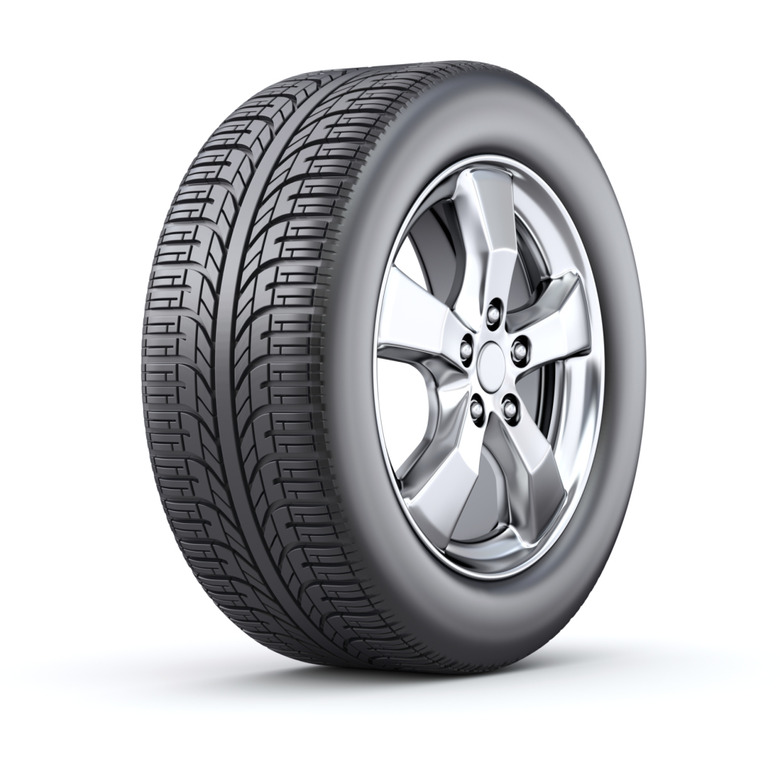How To Calculate The Moment Of Inertia
In physics, the amount of matter that an object has is reflected in its mass, which largely determines its resistance to changes in motion — or inertia. For things that rotate or spin, however, the picture becomes more complicated; instead of mass, physicists talk about an object's moment of inertia. An object's shape strongly affects the moment of inertia, as does the location of the center of rotation. Although calculating the moment of inertia can be very complicated, shapes such as spheres, rods and discs simplify the math considerably.
Rolling Rod, Cylinder or Disc
Step 1
Measure the radius of the object from the center to the edge in centimeters; enter this figure into the calculator. Square it by pressing the "x^2" button or by multiplying the figure by itself. For example, a cylinder weighing 5,000 grams rolls across the floor. Its radius is 5cm. Five squared is 25.
Step 2
Multiply the previous result by the mass. In this example, 25 times 5,000 is 125,000.
Step 3
Divide by two; this gives the moment of inertia. Continuing the example, 125,000 / 2 equals 62,500. Units are in grams times centimeters squared.
Rolling Solid Sphere
Step 1
Measure the radius of the sphere from the center to the edge in centimeters; enter this figure into the calculator. Square it by pressing the "x^2" key or by multiplying the figure by itself. For example, a sphere weighing 5,000g rolls across the floor. Its radius is 10cm. Ten squared is 100.
Step 2
Multiply the previous result by the mass, then multiply by 2. In the example, 100 times 5,000 is 500,000, and 500,000 times 2 is 1,000,000.
Step 3
Divide by 5, giving the moment of inertia. Continuing the example, 1,000,000 / 5 equals 200,000. Units are in grams times centimeters squared.
Rolling Thin Spherical Shell
Step 1
Measure the radius of the sphere from the center to the edge in centimeters; enter this figure into the calculator. Square it by pressing the "x^2" key or by multiplying the figure by itself. For example, a basketball weighing 200g rolls across the floor. Its radius is 10cm. Ten squared is 100.
Step 2
Multiply the previous result by the mass, then multiply by 2. In the example, 100 times 200 is 20,000, and 20,000 times 2 is 40,000.
Step 3
Divide by 3, giving the moment of inertia. Continuing the example, 40,000 / 3 equals 13,333.33. Units are in grams times centimeters squared.
Cite This Article
MLA
Papiewski, John. "How To Calculate The Moment Of Inertia" sciencing.com, https://www.sciencing.com/calculate-moment-inertia-5161917/. 24 April 2017.
APA
Papiewski, John. (2017, April 24). How To Calculate The Moment Of Inertia. sciencing.com. Retrieved from https://www.sciencing.com/calculate-moment-inertia-5161917/
Chicago
Papiewski, John. How To Calculate The Moment Of Inertia last modified March 24, 2022. https://www.sciencing.com/calculate-moment-inertia-5161917/
